The United States may face a significant demographic shift as early as 2025, potentially marking its first population decline in history. Projections indicate that deaths could soon surpass births and immigration, resulting in a net loss of population. This unprecedented change could have serious implications for the economy, labor markets, and social services, challenging long-standing assumptions about continuous growth in the nation.
Several factors contribute to this potential decline. The aging population, low birth rates, and fluctuating immigration levels are converging to create a demographic landscape that threatens economic stability. The baby boomer generation is now entering its later years, leading to increased mortality rates. Simultaneously, younger generations are having fewer children, influenced by economic pressures and evolving social norms. Immigration, a previously reliable growth driver, has been adversely affected by policy restrictions and global events.
Birth Rates and Immigration Trends
A closer examination reveals that birth rates in the U.S. have been declining for decades, falling below the replacement level necessary for population stability. According to data highlighted in Derek Thompson’s analysis, the current fertility rate stands at approximately 1.6 children per woman, significantly below the 2.1 needed for natural replacement. The COVID-19 pandemic exacerbated this trend, accelerating deaths and disrupting family planning across the country.
Historically, the U.S. has relied on immigration to supplement its population growth. However, recent years have seen a marked decline in net migration. Projections from the Census Bureau, as noted by the Population Reference Bureau (PRB), suggest that without a rebound in immigration, the population could peak around 2080 before entering a steady decline.
Economic Consequences and Industry Responses
The anticipated population shrinkage poses significant risks to economic vitality. A reduction in the workforce may strain productivity, particularly in sectors like healthcare and construction that rely heavily on younger labor. Economists warn of slowed GDP growth, as a smaller consumer base limits economic expansion. Derek Thompson has previously highlighted in The Atlantic how declining fertility rates reflect broader societal shifts, including high costs associated with raising children, which deter family growth.
As industries adapt to these demographic changes, the real estate market in growing states, particularly in the Sun Belt, may thrive. Conversely, regions in the Rust Belt could experience more severe depopulation. Sectors such as technology and finance may advocate for relaxed immigration policies to address talent shortages created by the shrinking workforce. The Congressional Budget Office has projected that without an increase in immigration, the U.S. population could begin to decline by 2033, leading to higher national debt and sluggish economic growth.
Policymakers are currently considering various responses to these trends. Proposals include family-friendly incentives, such as expanded child tax credits and paid parental leave, to encourage higher birth rates. Immigration reform is also seen as a crucial avenue for attracting skilled workers and families. However, political divisions complicate swift action, with ongoing debates over border security.
Looking ahead, experts from the Census Bureau anticipate that the population could decline by 2100 if current trends continue. Discussions in The New York Times have weighed the pros and cons of an aging society, identifying potential benefits such as reduced environmental strain, while also highlighting challenges related to funding entitlements like Social Security.
For industries affected by these demographic shifts, strategic foresight will be essential. Companies may need to invest in automation to mitigate labor shortages, while governments could prioritize education and retraining initiatives. Urban planners might also need to redesign cities to accommodate older populations, enhancing accessibility and healthcare services.
In conclusion, while a population decline is not inherently catastrophic—some nations like Japan have navigated similar challenges—the United States must approach this new demographic reality with careful consideration. By leveraging immigration and supporting family growth, the country has the opportunity to stabilize its population and maintain economic momentum in the years to come.




































































